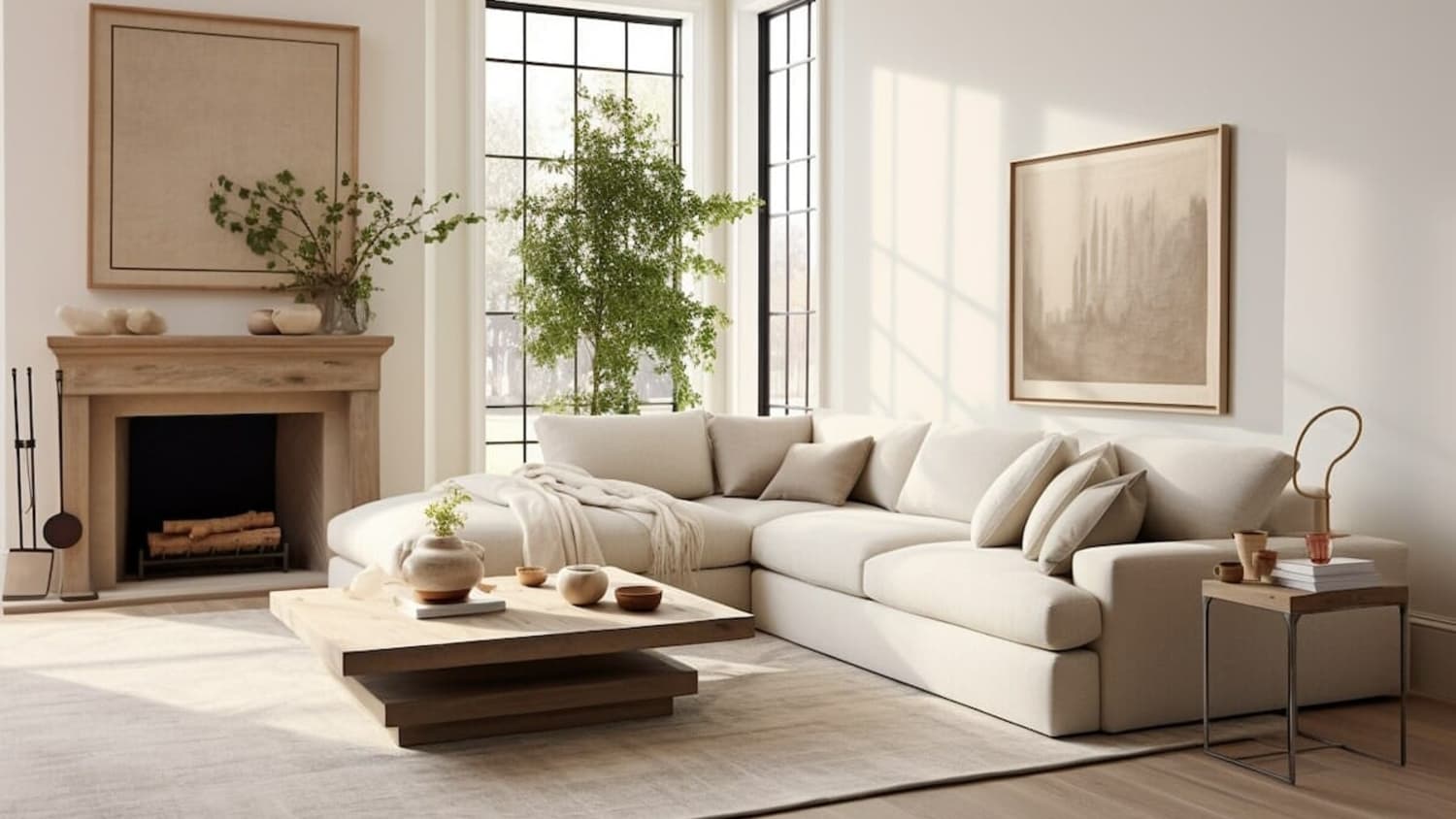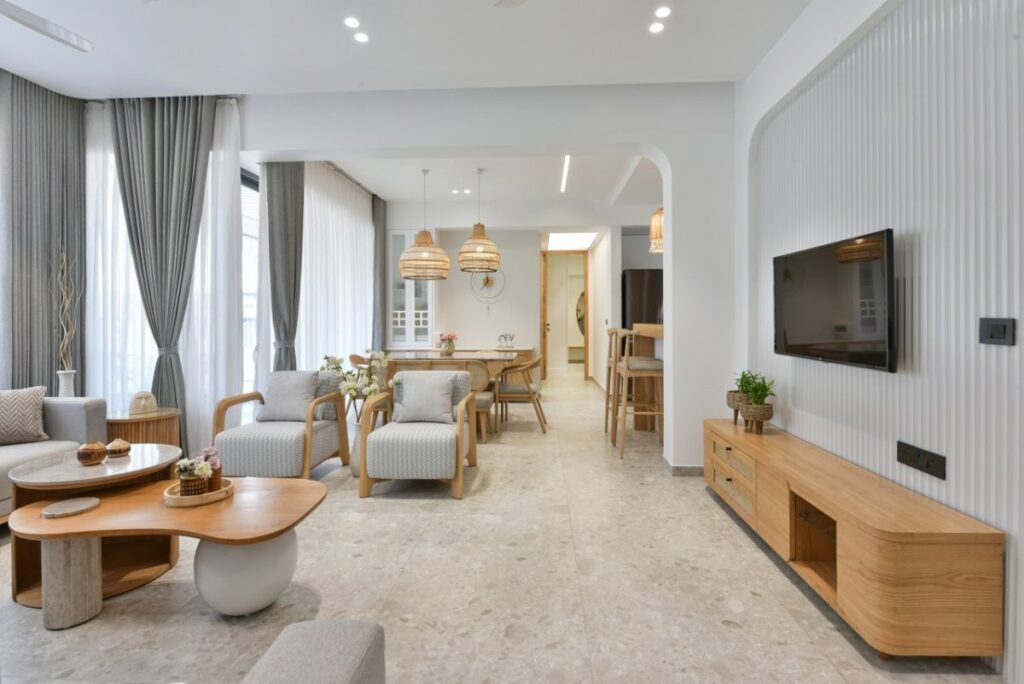In the ever-evolving world of interior design, trends may come and go, but some elements remain eternally stylish. Wooden panels are one such classic feature that has found renewed appreciation in contemporary homes, offices, and commercial spaces.
With their natural warmth, texture, and versatility, wooden panels are not just decorative additions but functional assets that enhance ambiance, insulation, and even acoustics. Their reemergence reflects a broader movement towards sustainable, tactile, and natural materials in interior design.
The Multifaceted Appeal of Wooden Panels
What makes wooden panels so attractive to modern designers and homeowners alike? At the core, it’s the balance they strike between beauty and practicality. Wooden panels offer an immediate aesthetic upgrade—whether through rich grains, rustic finishes, or sleek minimalistic cuts.
They lend depth and dimension to any space, effortlessly creating focal points or background textures depending on how they are applied.
But the benefits aren’t purely visual. These panels contribute significantly to thermal insulation, keeping interiors warmer during winter and cooler in summer. Additionally, depending on the thickness and structure, wooden panels can help with noise reduction—ideal for home offices or entertainment rooms.
Sustainability Meets Sophistication
As environmental concerns continue to shape consumer choices, wooden panels have risen in popularity for their eco-friendly profile. Sourced responsibly, wood is a renewable material that requires significantly less energy to process compared to synthetic alternatives like PVC or metal. Moreover, the use of reclaimed or recycled wood in paneling projects reflects a growing commitment to circular design and minimal waste.
Beyond sustainability, the craftsmanship associated with wooden panels also adds a touch of sophistication. Whether carved, grooved, or left raw, each panel tells a story of traditional woodworking and artisan skill—qualities that resonate deeply in a world dominated by mass production.
Interior Applications that Inspire

The flexibility of wooden panels allows them to be incorporated in various ways across different settings:
Feature Walls: One of the most popular uses is creating a statement wall in living rooms or bedrooms. The contrast between wooden textures and flat painted surfaces adds intrigue and character.
Ceiling Treatments: Suspended wooden panels or planks can give ceilings a cozier and more intimate feel, transforming otherwise sterile spaces into welcoming retreats.
Kitchen & Dining Areas: Panels can frame kitchen islands or cover walls to introduce a farmhouse or Scandinavian-inspired look, blending functionality with form.
Commercial Spaces: Offices, restaurants, and boutique stores often use wooden panels to soften the atmosphere and convey a sense of authenticity and groundedness.
Even in minimalist interiors, strategically placed wooden panels can add warmth and prevent the space from feeling too cold or clinical.
Variety that Matches Any Vision
The diversity of wooden panel options available today is another reason for their widespread use. From oak, walnut, and teak to bamboo and pine, each wood type offers distinct tones, textures, and grain patterns. Panels come in forms like shiplap, tongue-and-groove, slatted, or even 3D geometric patterns—each suited for different aesthetic goals.
For those looking to blend tradition with innovation, combining wooden panels with LED backlighting or metallic accents offers an exciting modern twist. Alternatively, painted panels in bold or muted tones can align with changing seasonal decor or color palettes, all without sacrificing the natural charm of wood.
Care and Longevity: A Worthy Investment
While wooden panels require some level of maintenance, their durability makes them a sound long-term investment. Regular dusting and occasional oiling or sealing can keep them looking fresh for years. Unlike synthetic materials that may fade or warp, high-quality wooden panels age gracefully, often becoming more beautiful over time as they develop a patina.
For indoor use, selecting panels treated for humidity and temperature variations ensures minimal risk of warping or cracking. With the right care and placement, wooden panels remain a timeless asset in any space.
Why Wooden Panels Are Here to Stay
As a design enthusiast and critic, I see the continued resurgence of wooden panels as a promising sign of the industry’s shift toward sustainable luxury. Their ability to merge traditional beauty with contemporary sensibilities makes them not just a fleeting trend but a cornerstone of thoughtful design.
Whether aiming for rustic charm, modern minimalism, or something in between, wooden panels offer unmatched flexibility, style, and functionality.
Their tactile quality and organic origin remind us that good design isn’t just about appearance—it’s about how a space feels and how it reflects the people who inhabit it. For those seeking a design solution that speaks to both aesthetics and ethics, wooden panels are a naturally compelling choice.
Final Thoughts: Wood You Consider It?
In a market saturated with synthetic surfaces and fleeting fads, wooden panels provide a grounding alternative rooted in history, nature, and craftsmanship. Their enduring popularity is well-earned—not just for their visual appeal but for their meaningful contribution to sustainable and mindful living spaces.
Whether you’re renovating a home, designing a workspace, or curating a boutique experience, wooden panels invite you to consider the warmth, integrity, and beauty of wood in its most versatile form.

